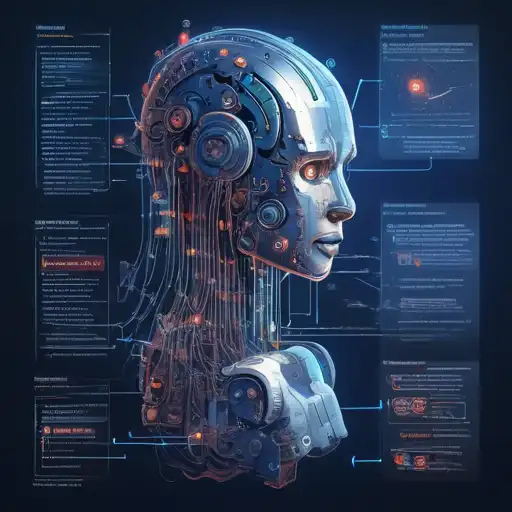Introduction to Machine Learning Algorithms
Machine learning algorithms are the backbone of artificial intelligence, enabling computers to learn from data and make decisions with minimal human intervention. This guide is designed to demystify the complex world of machine learning for beginners, providing a clear understanding of how these algorithms work and their applications in real-world scenarios.
What Are Machine Learning Algorithms?
At their core, machine learning algorithms are mathematical models that learn patterns from data. They can be broadly categorized into supervised, unsupervised, and reinforcement learning, each serving different purposes and applications.
Supervised Learning Algorithms
Supervised learning algorithms are trained using labeled data. This means the algorithm learns from examples where the correct answer is provided. Common examples include:
- Linear Regression
- Logistic Regression
- Decision Trees
- Support Vector Machines (SVM)
These algorithms are widely used in applications like spam detection and image recognition.
Unsupervised Learning Algorithms
Unsupervised learning algorithms, on the other hand, work with unlabeled data. They identify hidden patterns or intrinsic structures in input data. Examples include:
- K-Means Clustering
- Principal Component Analysis (PCA)
- Association Rules
These algorithms are essential for market basket analysis and customer segmentation.
Reinforcement Learning Algorithms
Reinforcement learning algorithms learn by interacting with their environment, using feedback from their own actions and experiences. Notable examples include:
- Q-Learning
- Deep Q Network (DQN)
These algorithms power advancements in robotics and game playing AI.
Choosing the Right Algorithm
Selecting the appropriate machine learning algorithm depends on the problem at hand, the nature of the available data, and the desired outcome. Beginners are encouraged to experiment with different algorithms to understand their strengths and limitations.
Conclusion
Machine learning algorithms offer powerful tools for analyzing and interpreting data. By understanding the basics of these algorithms, beginners can start exploring the vast possibilities of machine learning and its applications across various industries.
For those interested in diving deeper, consider exploring resources on data science and artificial intelligence to further your knowledge.
